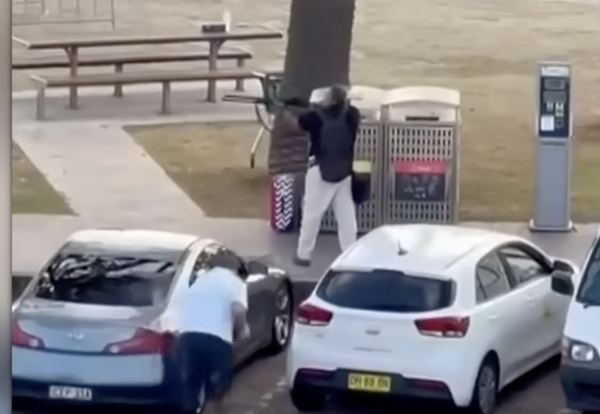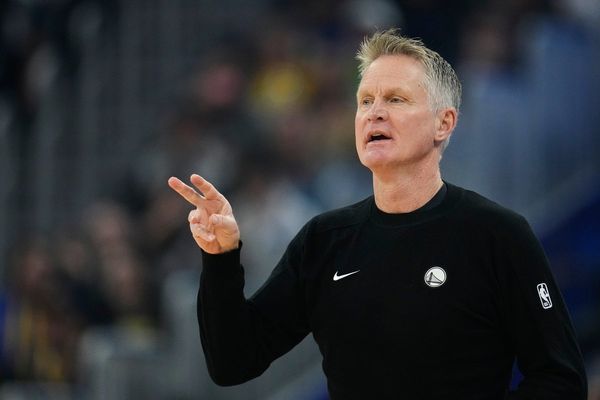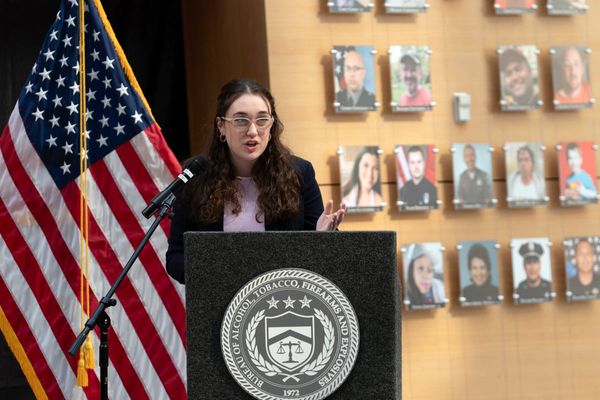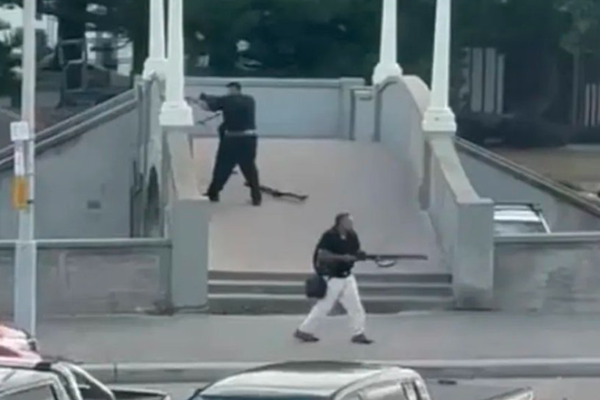
Renters in battleground electorates in western Sydney, outer Melbourne and Perth are among those feeling the most financial pressure, new analysis shows, as experts condemn the scarce help offered to renters in Australia’s election campaign.
Key seats including Western Australia’s Bullwinkel and Werriwa in New South Wales are home to suburbs with the worst rent affordability and biggest price hikes, data compiled by Suburbtrends for Guardian Australia has revealed.
Australia faced one of its steepest and longest surges in rent prices leading up to and into 2024 and, according to Anglicare analysis released on Wednesday, fewer than 1% of rental listings are now affordable for a full-time worker on the minimum wage.
Australian Bureau of Statistics data out on Wednesday highlighted housing costs as a major driver of inflation, showing average rental costs were up 5.5% on a year earlier.
But campaign policies have nonetheless offered “virtually nothing” for renters, housing expert Laurence Troy says, instead focusing on measures helping a tiny share of the population into home ownership.
“They won’t help renters at all,” he says. “The ambition is just so woefully inadequate.”
The rental pain index compiled by Suburbtrends accounts for rent hikes in the year to March; turnover, or the share of rentals offered up to new tenants; and affordability, or how much a typical rental would cost out of a typical local income.
In one in 10 suburb areas in Australia, rents cost more than 40% of a typical local income, while the same proportion of areas saw rent rises of more than 15%.
Pressure grows on urban fringes
WA experienced the worst rental pressure of all states and territories, with prices up from suburban Perth to the rural coasts.
Rents have risen to record highs in the last year, up 12% statewide and more than 20% in parts of the eastern fringe, by Suburbtrends’ analysis. Labor had a strong showing in the state’s west in the 2022 election, taking traditional swing seats such as Hasluck and Tangney. But Josh Sunman, a political scientist at Flinders University, says voters anxious for financial relief could turn to the Coalition in those swing seats, as well as in the newly created seat of Bullwinkel, where rents in some suburbs rose 32%.
“It contributes to a general sense of voter anger, [of] looking for alternatives right now,” he says.
Rental pain is particularly concentrated in the urban fringes of south-west Sydney, where rents cost nearly half the average local paycheck in some suburbs, and have risen more than 10% in electorates such as Werriwa, narrowly held by Labor.
“The real test of the Liberal campaign on cost-of-living this election, and whether it’s cut through, will be the seat of Werriwa on the night,” Sunman says.
“They [Liberals] do sort of detect that there’s general angst and anger amongst kind of traditional Labor bases.”
Labor is also under pressure in nearby Parramatta, and struggling to unseat the independent Dai Le in neighbouring Fowler, while in Melbourne’s outer east the Liberal party is chasing Casey, Chisholm and Aston, each with pockets where rents have risen 20% in the past year.
Outer suburban residents can face more rental pressure as low-income households are priced out into areas with less rental availability, whereas higher-earning inner-city renters typically have more room to move, the Suburbtrends founder, Kent Lardner, says.
“The people in the poorer suburbs just don’t have that opportunity,” he says. “They already have their backs against the wall. So where do they go?”
Could the Greens help?
While the Coalition may hope renters under pressure turn to their Liberal candidate, such a swing will be limited by the scarcity of rent help offered by either major party, says Troy, an associate professor at the University of Sydney.
“What’s missing from the campaign is anything that addresses the plight of renters,” he says.
He believes the Greens’ plan for more social and affordable housing could help. The minor party’s proposals to cap rents, scrap landlord tax breaks and improve renters’ rights are further points of difference for voters experiencing rental pain.
Labor is under pressure from the Greens in the seat of Richmond, in the area surrounding Byron Bay where a post-pandemic flood of sea-changers drove a surge in rent, now at more than half the typical local’s income in Mullumbimby and Tweed Heads.
Greens candidates are also fighting Labor for the inner-Melbourne seats of Wills and Macnamara, parts of which have seen listed rents rise more than 10%. But Sunman says they have less hope in the outer northern suburbs facing worse rental pressure – in seats such as Hawke, Calwell and Scullin.
“The problem for the Greens is their social support base does not overlap well with where the pain is being felt the most,” he says. “These are places where the Labor party is concerned about their falling vote … [but] these are not areas that have voted traditionally Green.”
Some suburbs under the most rental pressure are in seats with large Labor margins, like those in Adelaide and western Melbourne, or in safe Coalition hands across rural WA and NSW and along coastal Queensland – which limits renters’ prospects of forcing change at the election.
“That feeling is one of anger, desperation, but also resignation,” Sunman says.
But Troy says that as the share of Australians renting continues to rise (to about one in three) and rental pressure spreads into middle-income suburbs, hunger for policy solutions will become more urgent.
“This is not going away as long as home ownership generally keeps declining,” he says.







